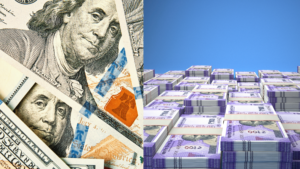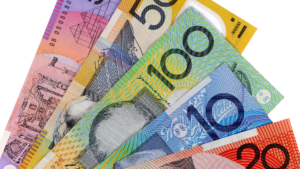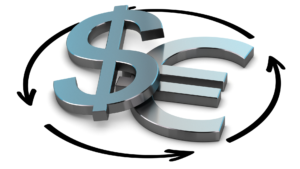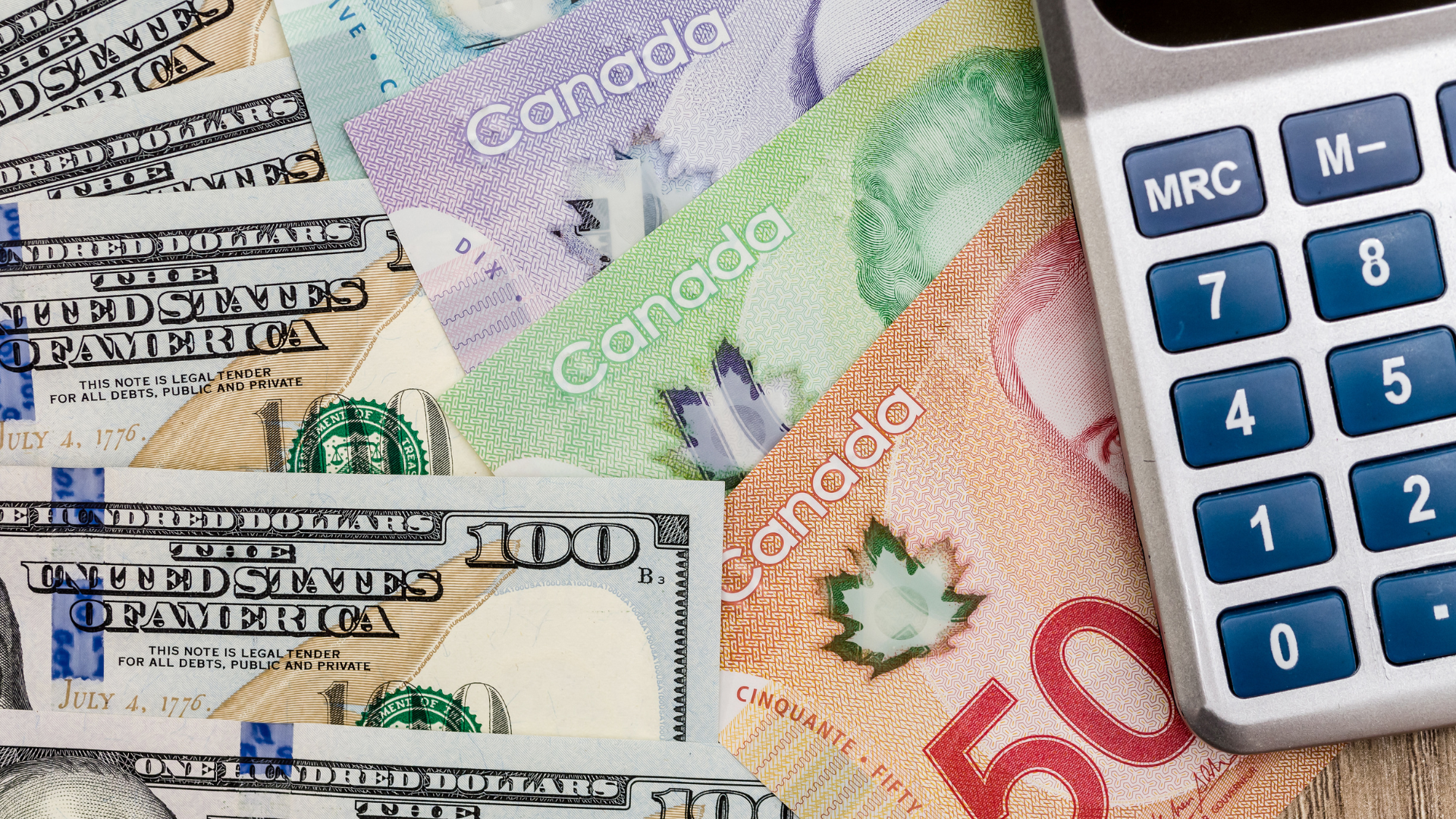The USD/CAD pair drifted lower, approaching 1.4150, as traders positioned ahead of Canada’s latest inflation report. With expectations building around the Bank of Canada’s (BoC) policy outlook, investors are watching for signals on whether inflationary pressures will keep the central bank on a cautious path.
The Canadian dollar (CAD) found support as markets speculated that a stronger-than-expected Consumer Price Index (CPI) reading could prompt the BoC to maintain a hawkish stance. If inflation remains sticky, it could reinforce expectations that rate cuts may be delayed, potentially giving the loonie more strength against the US dollar (USD).
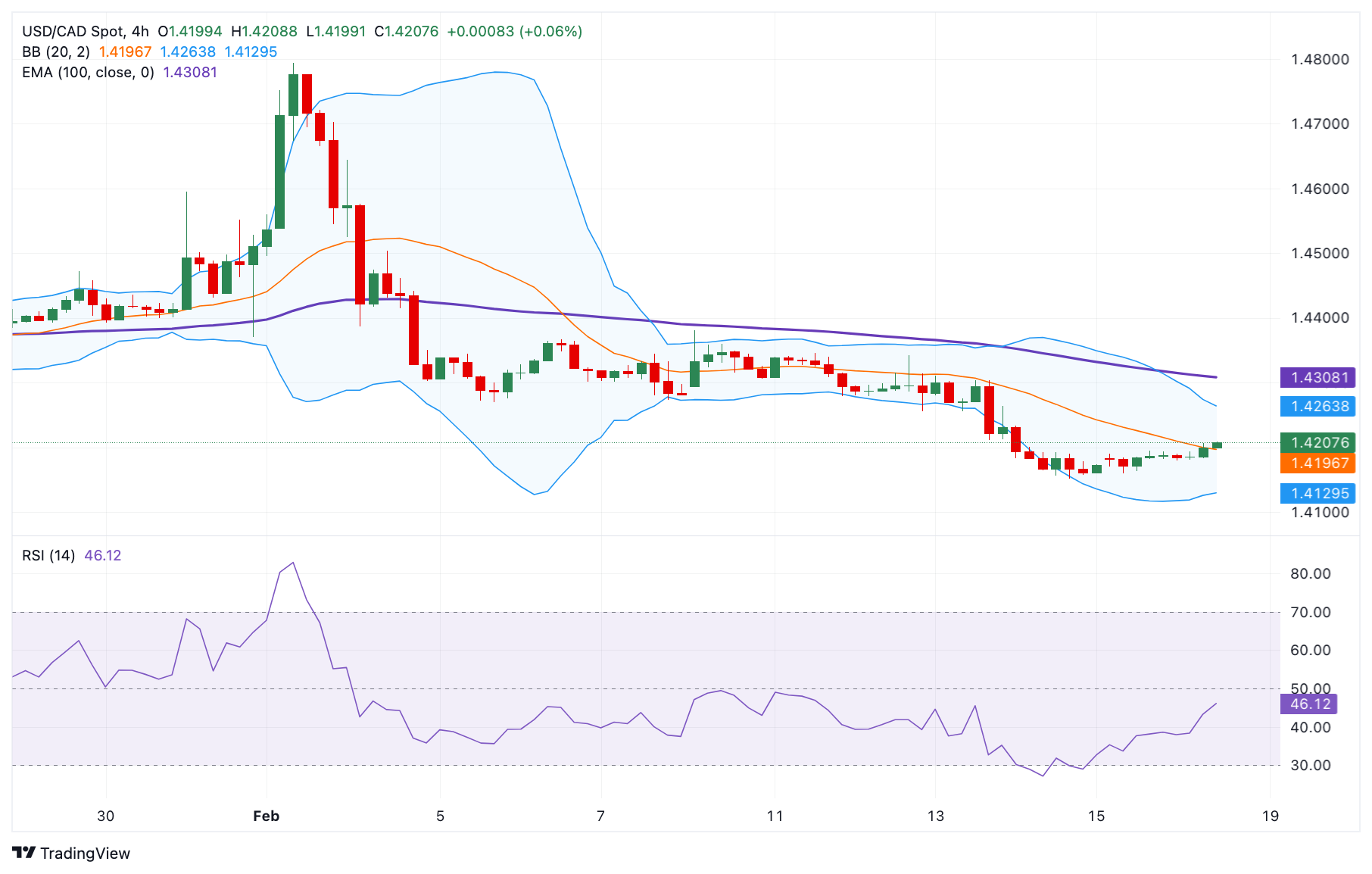
USD/CAD 1-D Chart as of February 18th, 2025 (Source: TradingView)
Meanwhile, the USD has faced headwinds, with softer US economic data fueling concerns over slowing growth. Recent reports have suggested that the Federal Reserve may have less room to keep rates elevated, leading to a pullback in US Treasury yields and weighing on the greenback’s appeal.
Crude oil prices, a key driver of the Canadian dollar, have also played a role in USD/CAD’s decline. Rising oil prices have supported CAD, given Canada’s reliance on energy exports. If the oil market continues to strengthen, it could further bolster demand for the loonie, putting additional pressure on the USD.
Despite the current downside momentum, analysts caution that USD/CAD remains sensitive to shifts in risk sentiment and US economic indicators. Any unexpected weakness in Canada’s CPI data could reverse the pair’s decline, while renewed USD strength from a hawkish Fed could provide a floor for the pair.
For now, traders remain focused on Canada’s inflation release and broader market conditions to determine the next move. If CPI data surprises to the upside, USD/CAD could see further downside, while a weaker inflation print may offer some relief for the US dollar in the near term.







